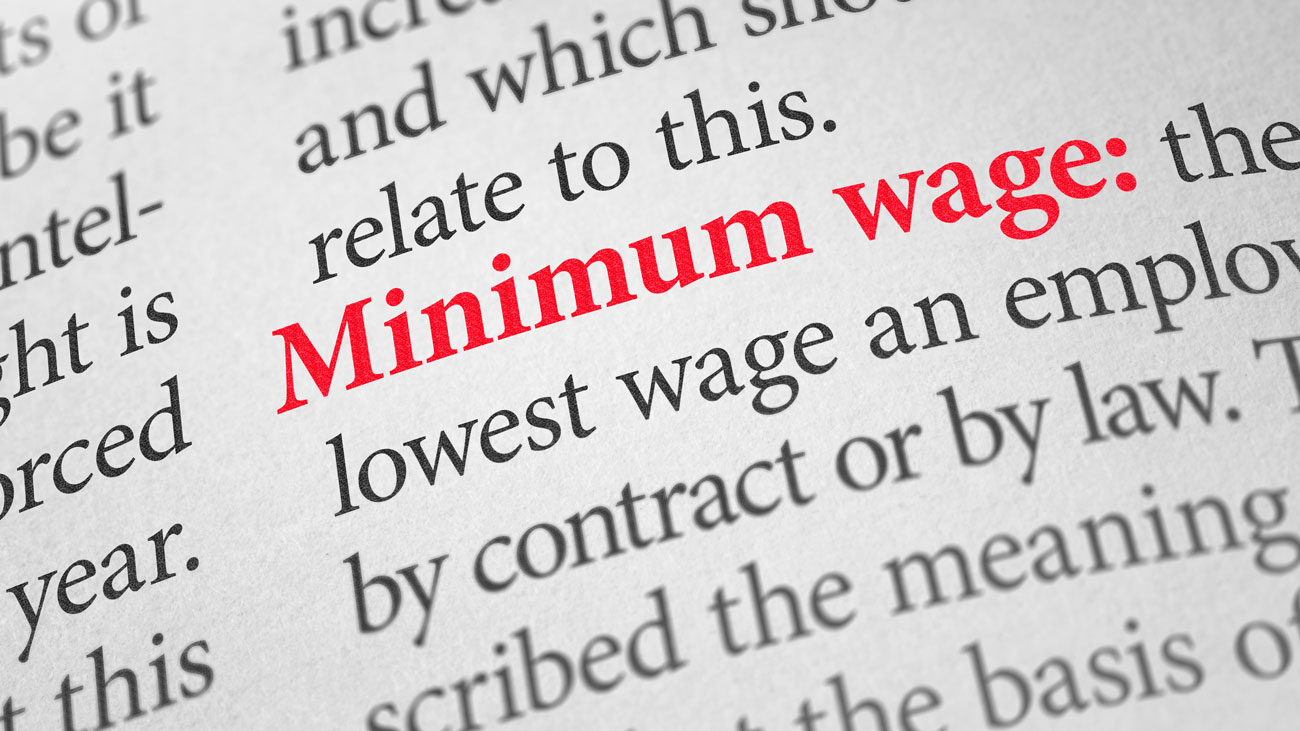
Government redefines SMEs as having under 500 employees
The Government has loosened reporting requirements and other regulations for thousands of small business owners, which it says will free 40,000 businesses from red tape.
The threshold for larger SMEs to be exempt from certain requirements for the way companies file accounts and other regulations has been raised from firms with under 50 employees to those with 500 or fewer. Many businesses previously defined as medium-sized – those with between 50 and 249 employees – have told the Government they are spending over 22 staff days per month on average dealing with regulation, and over half of all businesses consider regulation to be a burden to their operations.
The Government also wants to address what has been called “threshold-itis”, whereby businesses deliberately slow their growth as they reach the 250-employee threshold to avoid falling into more paperwork.
Business secretary, Jacob Rees-Mogg, said:
“Our enterprising medium-sized businesses are being buried in pointless paperwork, preventing them from reaching their world-leading potential.”
However, the actual number of businesses set to benefit from looser financial reporting requirements will be closer to 4,000 companies that employ between 250 and 500 employees. This is because those that are classed as SMEs, employing fewer than 250 people, are already exempt from these reporting requirements. Indeed, out of the 5.6m businesses in the UK, only 7,655, categorised as “large”, have more than 250 employees.
By redefining what is meant by a small business, the UK is now misaligned with the rest of Europe, which uses the 250-employee definition, making small business performance comparisons with other countries problematic.
Says the Department for Business, Energy and Industrial Strategy:
“Regulatory exemptions are often granted for SMEs, which the EU defines at below 250 employees. However, we are free to take our own approach and exempt more businesses to those with under 500 employees. We will also be able to apply this to retained EU law currently under review, which we would not have been able to do without our exit from the EU. The changed threshold will apply from Monday 3 October to all new regulations under development as well as those under current and future review, including retained EU laws. The government will also look at plans to consult in the future on potentially extending the threshold to businesses with 1,000 employees, once the impact on the current extension is known.
“This is the first step in a package of reforms to ensure UK business regulation works for the UK economy. The reforms will harness the freedoms the UK has since leaving the EU to remove bureaucratic and burdensome regulations on businesses, while streamlining and making it easier for them to comply with existing rules, ultimately saving them valuable time and money.”
The European Union recently reviewed the definition of SME and decided to keep the existing numbers.
One issue that will be immediately affected is gender pay reporting, for which legislation requires employers with 250 or more employees to publish statutory calculations every year showing how large the pay gap is between their male and female employees.
Frances O’Grady, TUC general secretary, said:
“Obligations on businesses which were put in place to help improve the lives of working people, like reporting on gender pay gaps and executive pay ratios, are set to disappear for employers with under 500 workers. Scrapping gender pay gap reporting for businesses up and down the country risks turning the clock back for women at work. And ditching reporting on pay ratios for these businesses will be a boon to greedy bosses. Yet again we are seeing reckless and cynical deregulation. Not content with throwing the economy into turmoil, Tory ministers now have their sights set on business and employment regulation too. Let’s be clear. It’s not regulation that’s holding business back – it’s botched Tory economics which has led to low pay, depressed demand and continuous uncertainty.”







